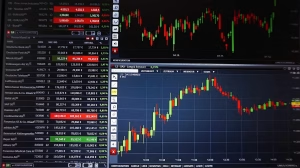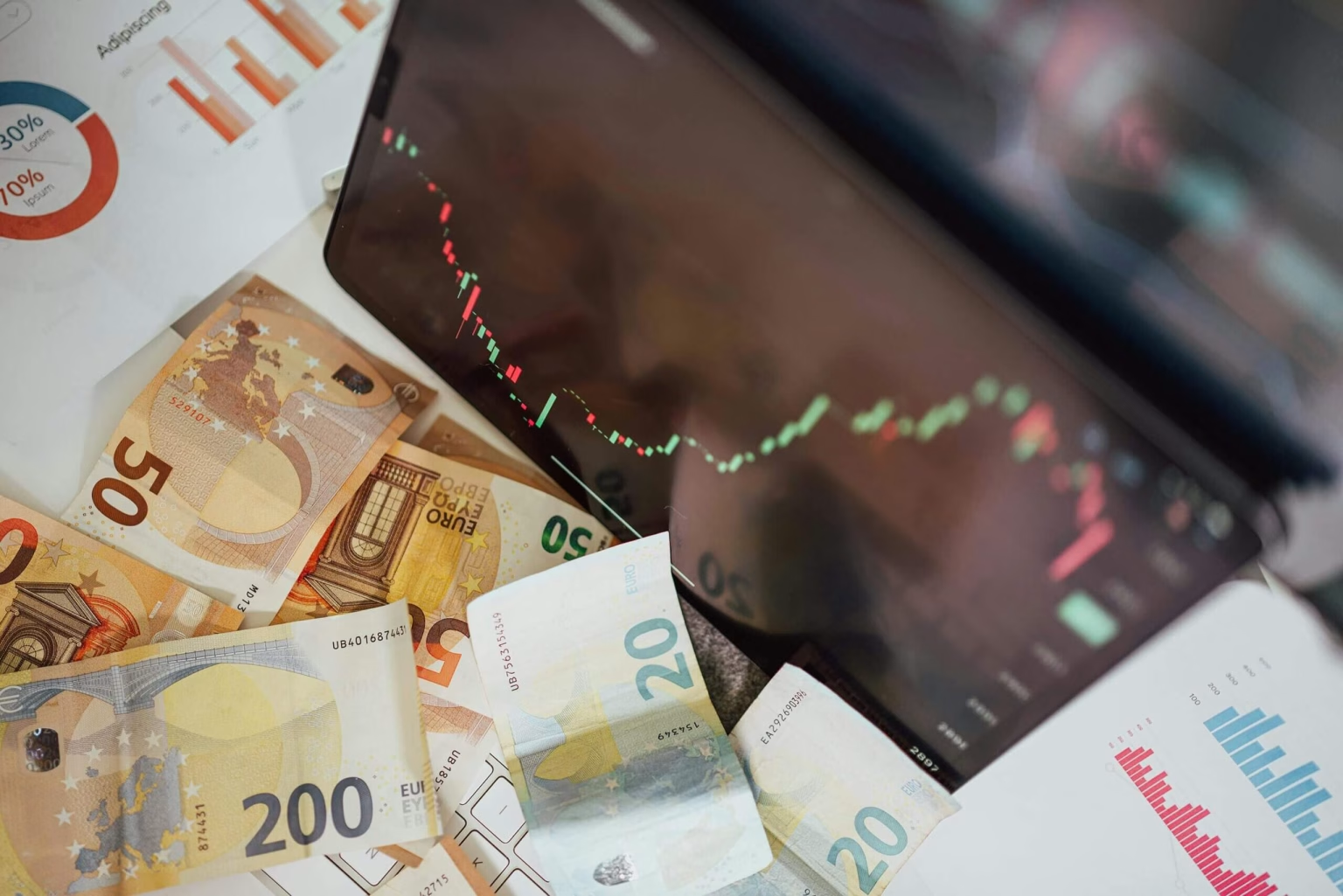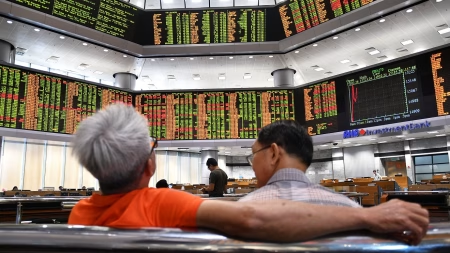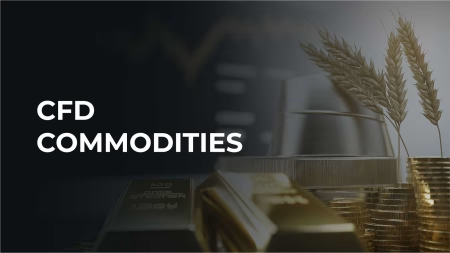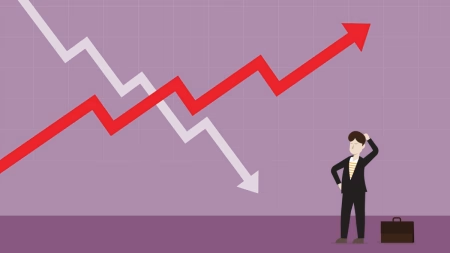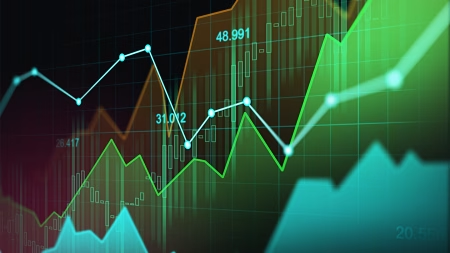Commodities Trading Tips – Commodities trading is one of the oldest forms of investment, dating back centuries to when merchants and farmers traded goods like grain, oil, and metals. Today, it remains a vital part of global financial markets, allowing investors to profit from price movements in physical assets like gold, oil, natural gas, wheat, and more.
With high liquidity, volatility, and global relevance, commodities offer unique opportunities—but they also come with their own set of risks. Whether you’re a beginner or an experienced trader, mastering a few key commodities trading tips can significantly improve your chances of success.
In this comprehensive guide, we’ll explore essential strategies, practical advice, and market insights to help you trade commodities with more confidence and clarity.

What Is Commodities Trading?
Commodities trading involves buying and selling raw physical goods or their derivatives in specialized markets. These commodities are typically divided into two main categories:
1. Hard Commodities
- Natural resources extracted or mined
- Examples: Crude oil, natural gas, gold, silver, copper
2. Soft Commodities
- Agricultural or livestock products
- Examples: Corn, wheat, coffee, soybeans, cotton, live cattle
Trading can be conducted through:
- Futures contracts
- Options on futures
- Exchange-traded funds (ETFs)
- Spot market purchases
- Commodity-related stocks

Why Trade Commodities?
There are several compelling reasons to include commodities in your investment strategy:
- Portfolio Diversification:
Commodities often move independently of stocks and bonds, reducing overall portfolio risk.
- Inflation Hedge:
Physical assets like gold and oil often rise during inflationary periods.
- Global Demand:
Commodity prices are driven by macroeconomic factors, making them attractive to those with a global perspective.
- Volatility Opportunities:
Price swings can be leveraged for short-term gains—if managed wisely.

Commodities Trading Tips
10 Proven Commodities Trading Tips
1. Understand the Market Fundamentals
Before diving in, it’s crucial to understand what drives commodity prices. Key factors include:
- Supply and demand
- Weather conditions (for agricultural commodities)
- Geopolitical tensions (especially for oil and gas)
- Currency strength (commodities are usually priced in USD)
- Government policies and subsidies
Fundamental analysis is particularly important in commodities trading because price fluctuations often stem from real-world events.
2. Choose the Right Commodity
Beginners should start with liquid and well-tracked commodities like:
- Gold:
Known as a safe-haven asset
- Crude Oil:
A key energy source with high volatility
- Natural Gas:
Seasonal price movements
- Corn/Wheat:
Influenced by weather and global supply chains
Avoid jumping into obscure or low-volume markets until you’ve developed your trading skills.
3. Use Technical Analysis Wisely
Just like in stock or forex trading, technical analysis plays a vital role in commodities trading. Master these tools:
- Moving Averages: Identify trend direction
- Bollinger Bands: Assess volatility and potential reversals
- MACD & RSI: Measure momentum and overbought/oversold conditions
- Support & Resistance Levels: Predict likely breakout or reversal points
Chart patterns such as head and shoulders, triangles, and flags can also signal entry or exit opportunities.
4. Follow Economic and Industry News
Stay up-to-date with the latest market news, reports, and government data, such as:
- U.S. Department of Agriculture (USDA) Reports for crop forecasts
- EIA (Energy Information Administration) for oil and gas inventories
- OPEC announcements for oil production quotas
- Central bank policies that affect inflation and currency value
A major geopolitical event or unexpected weather pattern can send commodity prices soaring or crashing overnight.
5. Start with Paper Trading
Before risking real money, practice your strategies with a demo account or paper trading platform. This allows you to:
- Test market timing
- Build confidence
- Understand how different commodities behave
- Learn to manage emotions during volatile price swings
Platforms like Thinkorswim, TradingView, and MetaTrader offer demo environments for futures and commodities trading.
6. Implement Risk Management
One of the most important commodities trading tips is to protect your capital. Here’s how:
- Use stop-loss orders to limit potential losses
- Avoid over-leveraging, especially in futures contracts
- Only risk 1–2% of your trading capital per trade
- Diversify across commodities to reduce exposure
Remember, no strategy is foolproof—managing risk is what keeps you in the game long term.
7. Monitor Seasonality and Cycles
Commodities often follow seasonal price patterns.
For example:
- Natural gas demand spikes in winter due to heating
- Corn and wheat prices peak during planting or harvest seasons
- Gold often rises in uncertain economic climates
Understanding historical trends and cycles can help you make more informed trading decisions.
8. Watch the US Dollar Index (DXY)
Commodities are usually priced in U.S. dollars. A strong dollar makes commodities more expensive in other currencies, which can reduce global demand and push prices lower.
Monitoring the Dollar Index (DXY) helps you anticipate how currency movements might affect commodity prices.
9. Use Leverage Cautiously
Leverage allows traders to control larger positions with a smaller amount of capital. While it can amplify gains, it also magnifies losses.
For instance, in futures trading, a small move in the commodity price can lead to large gains—or devastating losses—due to the high leverage involved.
Only use leverage when you fully understand the risks and have a strict stop-loss strategy in place.
10. Stay Emotionally Disciplined
Emotion-driven decisions are a leading cause of trading failure. Stick to your trading plan and avoid:
- Chasing the market after big moves
- Revenge trading to recover losses
- FOMO (Fear of Missing Out), especially during hype-driven rallies
A clear strategy, combined with emotional discipline, is the hallmark of a successful commodities trader.

Best Platforms for Commodities Trading
When choosing a trading platform, look for:
- Access to commodity futures and options
- Low commissions and margin rates
- Reliable charting tools
- Strong customer support
- Regulatory compliance
Popular brokers for commodities trading include:
- Interactive Brokers
- TD Ameritrade
- IG Group
- Saxo Bank
- NinjaTrader
Final Thoughts: Commodities Trading Tips for Long-Term Success
Commodities trading offers a world of opportunities, but it also requires a solid understanding of markets, discipline, and a well-thought-out strategy. By applying these commodities trading tips, you can navigate price fluctuations more confidently and build a more diversified investment portfolio.
Success doesn’t happen overnight. With time, research, and practice, you can develop the skills needed to profit from the dynamic and often unpredictable world of commodities.


